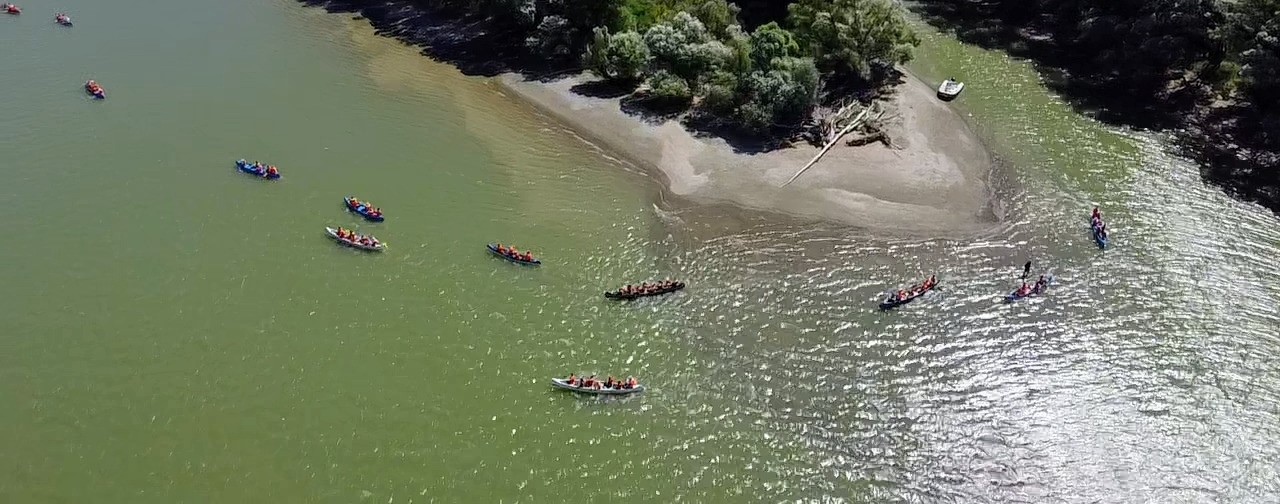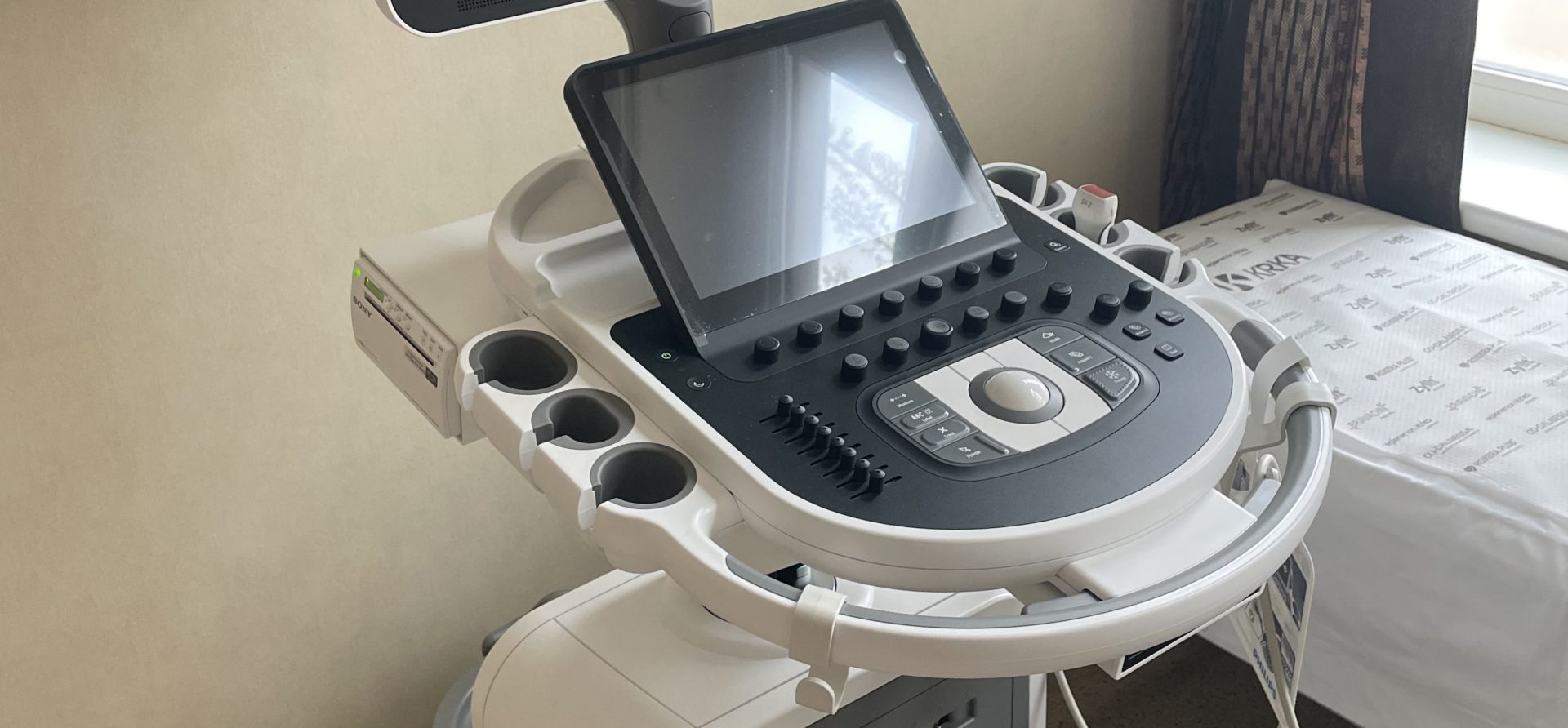In Szentendre, an environmental hazard that had persisted for a long time at the site of the former Soviet military base along Dózsa György Street has been eliminated through a project led by the General Directorate of Water Management. The project, valued at HUF 5.5 billion and funded by the European Union, aimed to ensure the long-term protection of one of the region’s most important drinking water sources. The three-year project served as a model intervention for the remediation of areas contaminated with chlorinated hydrocarbons.
The issue came to light around the turn of the millennium through diagnostic studies that revealed the groundwater contamination posed a threat to the water base. These investigations found that the groundwater in the area of the former Soviet barracks contained significant amounts of chlorinated hydrocarbons—mainly tetrachloroethylene (PCE) and trichloroethylene (TCE), as well as their degradation products: dichloroethylene (DCE) and vinyl chloride (VC). These pollutants even appeared in the wells of the Old Southern Water Base, which has an annual capacity of 3.6–4 million cubic meters and supplies water to about 120,000 people. As a result, the wells had to be shut down in 1999.
Measures to protect the drinking water source in Szentendre began in 2001, backed by government responsibility, after the environmental authority issued an official order for intervention. Immediate remediation was necessary because surveys and risk analyses clearly showed that the contamination endangered not only the water base but also the region’s natural water resources due to its proximity to the Danube River. Since the pollution on the approximately 8-hectare site could have spread further, complex and targeted technological solutions were required for remediation.
Thorough preparation took place before the technical intervention, including assessments of groundwater conditions, pumping tests, laboratory experiments, and obtaining the necessary permits. As a first step in implementation, injection wells were established at the most contaminated points. The project used enhanced reductive dechlorination (EHC) technology, which combines chemical reduction with microbial degradation. The injection of EHC material (micronized iron and organic nutrients) facilitated the breakdown of chlorinated pollutants in the groundwater.
Injection was carried out using various methods, including direct-push soil injection and pre-installed horizontal wells. The advantage of the former method is that it is relatively fast, cost-effective, and less disruptive to the environment. Injection depths ranged from 10 to 16 meters, depending on local geological conditions. The total length of injection points exceeded 11 kilometers. Throughout the process, special attention was paid to monitoring: eight new CMT (multilevel) wells were installed, and regular water sampling was conducted from existing wells to monitor the effectiveness of the intervention.
The three-year project achieved significant results in protecting the water base. The concentration of contaminants in the subsurface water was successfully reduced to acceptable levels, especially in the case of degradation products like DCE and vinyl chloride. According to monitoring studies, the intervention effectively halted the spread of contamination and eliminated the environmental burden on the water base. Site restoration, the dismantling of remediation infrastructure, and the approval of a post-monitoring plan were also completed.
This project is a successful example of how complex and hazardous pollution can be treated using modern, environmentally friendly technology. The protection of the Southern Szentendre Water Base has strengthened the security of the local population’s water supply and contributed to the long-term preservation of natural water resources along the Danube.
The development was implemented from EU funding in the project a KEHOP-3.3.0-15-2021-00010 under the Environmental and Energy Efficiency Operational Programme.
Find out more about the project in the Project Finder:Details








